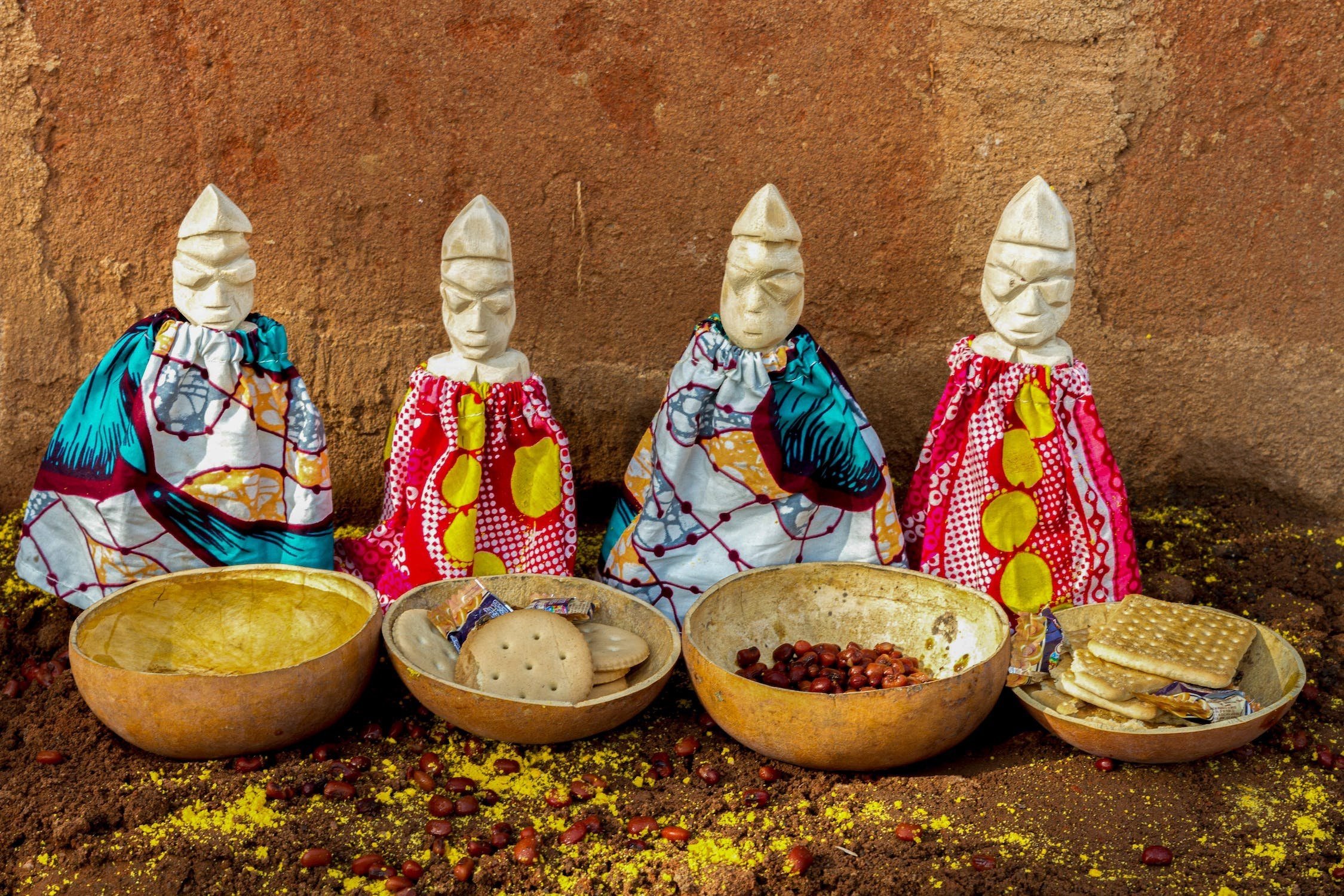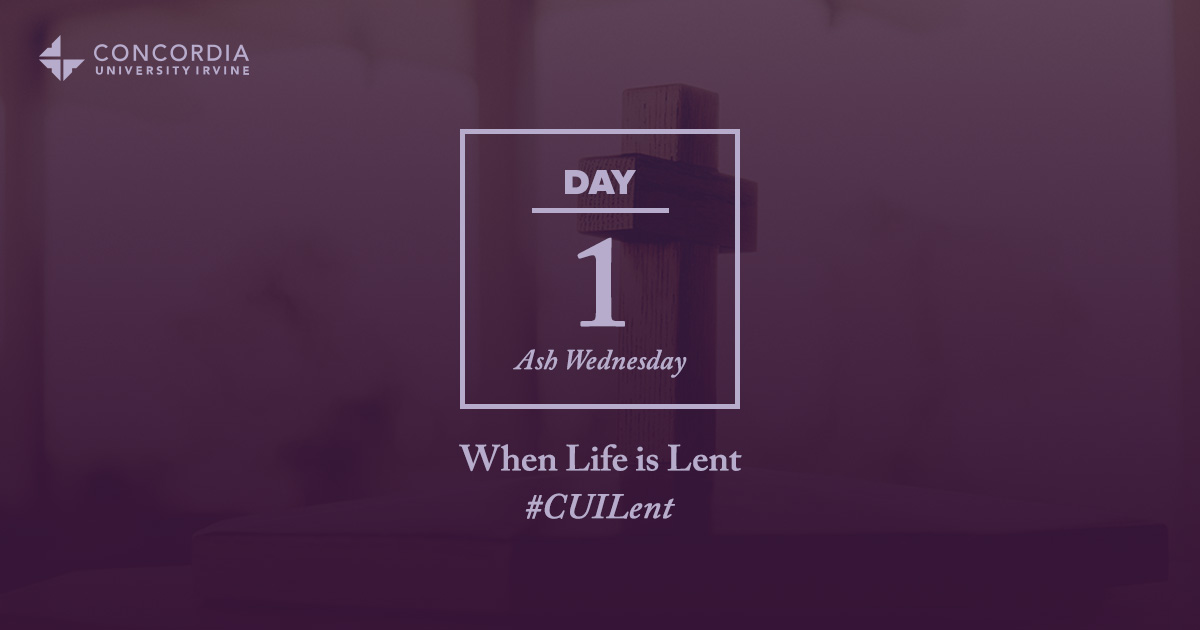The message of Ash Wednesday, Lent, and the Gospel is that Jesus lived amidst the pain, the suffering, the death and he felt it personally, in his body. He was touched with the same feeling, able to sympathize with our weakness (Heb 4:15-16). He knew our pain. He did not revel in it or celebrate it. He was a man of sorrows, acquainted with grief, stricken, smitten, and afflicted (Is. 53).
Instead of inviting us into the myth of redemptive violence this season and the liturgical rhythms invite us to embrace the reality of redemptive suffering.
More than simply going through the motions of Lent, or even endeavoring to fast our way through the forty days, the call of this penitential season is to let those forty days transform, and even transfigure, us.
And what is the transformation? Turning from an elitist, escapist, and illusory understanding of the world as all glory and growth to a redemptive, real, and tender understanding of the suffering in our world. But we mustn't stop there. We must see the redemptive value of suffering.
South African anti-apartheid hero Desmond Tutu wrote, “When we are able to see the larger purpose of our suffering, it is transformed, transmuted. It becomes redemptive suffering.” When we see what Christ did with suffering, sin, and death on the cross by defeating them, today’s suffering is put in its place, in its rightful perspective. And we can suffer it, knowing it does not have the final word. The pain is transformed, it is transfigured.
Richard Rohr, a Catholic contemplative, added that pain, if not transformed, will be transmitted. Think about that. If we do not allow our pain, our suffering to be transformed by Jesus, it will be spread out to others or, in the very least, other parts of our own life. Think of all the untransformed pain and how it has spread – in bitter fights in our home, in passive aggressive rage at work, in friendships spoiled, in massacre, rape, thievery, jealousy, and acidic anger.
But when our pain is transformed it contributes to the healing and re-creation of the world. So then how we decide to respond to the pain & suffering in our life is a very serious matter.
Just as Jesus’ life has this rhythm to it, so does our spirituality: Redemption involves suffering; transfiguration involves pain; resurrection always involves the cross. We follow in his suffering, because we follow Him in redemption. They are connected. No cross, then no crown, it would seem as Claude Nikondeha put it.
It is my prayer for you, for me, this Ash Wednesday and Lent that we may, in the smearing of ashes across our foreheads, in the hunger pains of fasting, or in the simple prayers of repentance and reminders of everyday suffering, see see the strange, mystical, and miraculous connection between suffering and redemption.
Or as, the novelist Fyodor Dostoevsky put it, I pray “you will burn and you will burn out; you will be healed and come back again.”
You see, as we suffer, and allow that pain to be redeemed we contribute to the transfiguration of the world in some mystical way. We are partnering with Christ in the restoration of all things. We are letting Christ do his work, and have his way with us. In this season we are not only living the forty shades of Lent or the fifty shades of ash, but embodying the many shades of God’s redemptive work in the world through suffering, pain, and death.
And that is a thought to dwell on today, and throughout, I think, the season of Lent to come.

